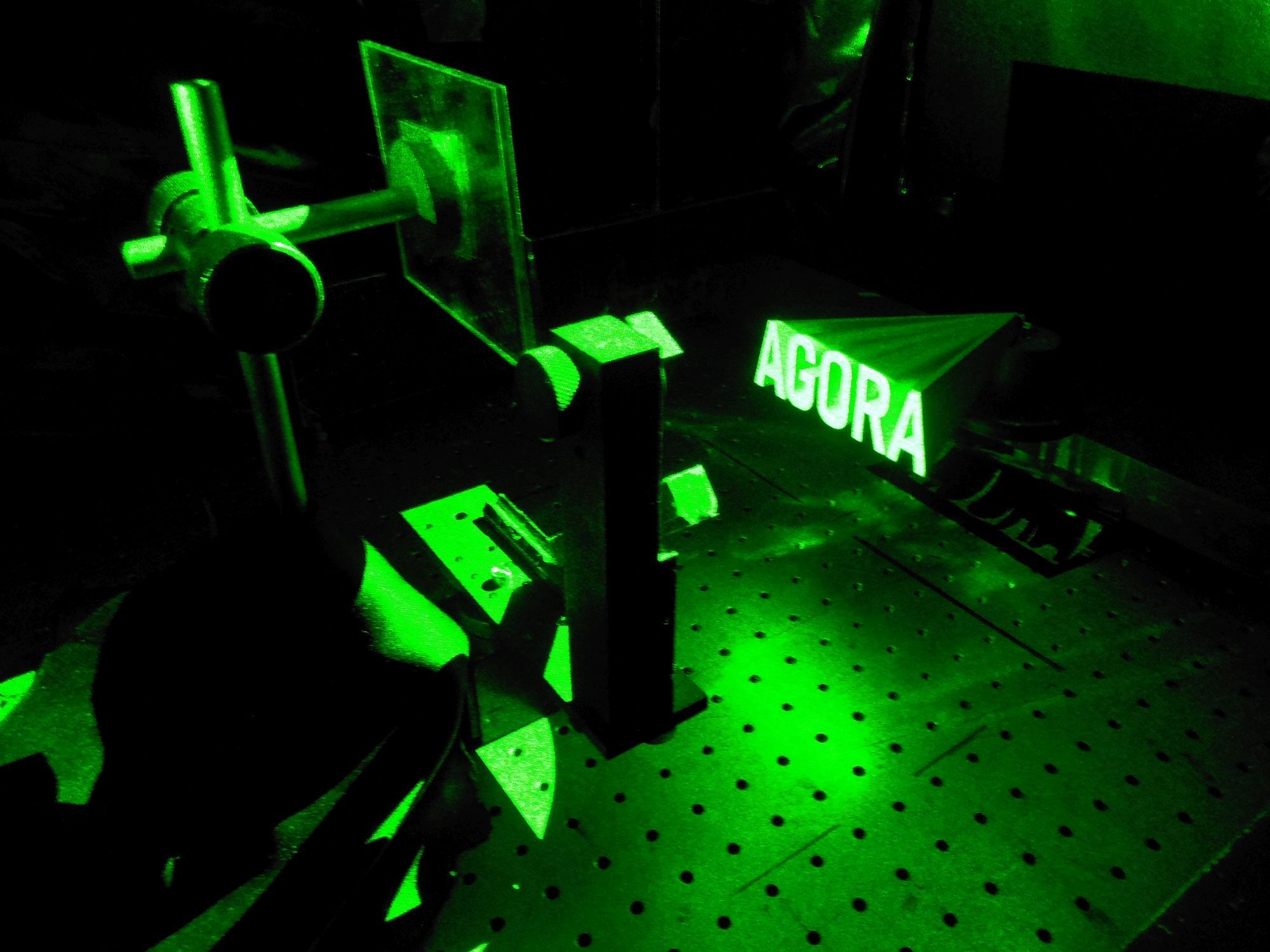Pushing Boundaries: The Successful Collaborative Journey an Artist and Technologists in Sending Art to Space
The collaboration between artist Eduardo Kac and technologists was crucial in successfully launching his artwork Ágora into deep space, combining art and technology to create a groundbreaking piece.

In the realm of art and technology, the collaboration between artists and technologists has proven to be invaluable. This is evident in the recent endeavors of artist Eduardo Kac, who is set to send his artwork Ágora into space on a rocket.
Artist Eduardo Kac is set to send his artwork Ágora into space on a rocket. The artwork is a hologram that contains the word "Ágora," which can mean "a gathering place" or "now" depending on the placement of the accent. Kac completed the hologram in 1986 and has always envisioned it in space. The artwork will be launched alongside the cremated remains of Gene Roddenberry, the DNA of Presidents George Washington, JFK, and Dwight D. Eisenhower. The rocket will be launched by the company Celestis, which specializes in funerary rites. This will be Celestis's first deep space voyage, with the rocket destined for infinite orbit around the sun. Kac believes that art and poetry should be present wherever humans are, and that a space culture should be created in space for space.
The collaboration between the artist and technologists was critical for the success of Eduardo Kac's artwork Ágora.
Placing a physical artwork in permanent orbit in space is a significant challenge for both space agencies and private companies. Eduardo Kac had been searching for access and a way to complete his vision for decades. Collaborating with the technologists provided him with the necessary resources and expertise to make his artwork a reality.
Kac is known for his pioneering use of holography and the creation of "holopoems." The technologists involved in the collaboration had the technical knowledge and skills to capture the interaction of light, encode data on a microscopic piece of glass, and create a hologram. Their expertise was essential in realizing Kac's artistic vision.
Kac found a partner in Celestis, a company unique in its focus on funerary rites. Celestis had experience launching people's cremated remains and DNA samples into space, making them well-equipped to handle the logistics of sending Ágora into deep space. Their expertise and resources helped ensure the success of the project.
The collaboration between the artist and technologists allowed for the fusion of art and technology. Kac's artistic vision was brought to life through the technological processes and capabilities provided by the collaboration. The combination of artistic creativity and technological innovation resulted in the creation of a unique and groundbreaking artwork.
The collaboration succeeded in achieving its goals by bringing together the artistic vision of Eduardo Kac and the technical expertise of the technologists. It provided the necessary resources, knowledge, and skills to overcome the challenges of placing an artwork in permanent orbit in space. The partnership with Celestis, a company specialized in space launches, further ensured the success of the project. Through the collaboration, Kac was able to realize his artistic vision and create a piece of artwork that pushes the boundaries of art and technology.
At kultur, our mission is to facilitate these collaborations, whether they be on Earth or in space, to foster the exploration of new artistic frontiers.

